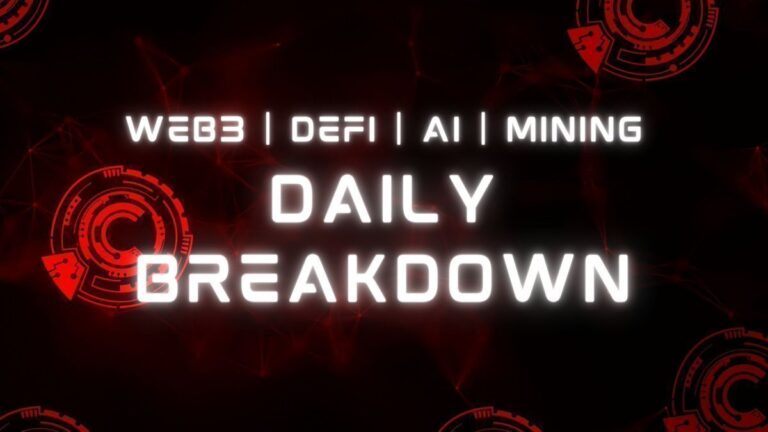
TL;DR: Private currencies have a long history of filling gaps left by official money. Cryptocurrencies are the latest iteration, aiming to solve new problems like lack of trust and high fees.
When Official Money Fell Short
In early US history, shortages of British pounds and silver coins led settlers to use commodities and wampum as makeshift money. Later, banks issued their own paper notes and coins to provide smaller denominations missing from official currency. This private money enabled commerce, but wasn’t always reliable.
Economic Limits on Private Money
Regulators like Adam Smith worried that small denomination bank notes could enable inflation. So the smallest official paper money was $1 notes. But with workers earning $5 per week, $1 notes were impractical for everyday purchases. This liquidity problem meant there was still demand for private solutions.
Filling the Gaps
Private currencies met needs unfulfilled by official money. Company scrip paid remote miners and loggers. Local currencies allowed exchange when banks suspended withdrawals during panics. Private money has often been unreliable, risky, and inconvenient – but better than nothing.
New Digital Alternatives
Technologies like PayPal, WeChat Pay, and M-Pesa have enabled digital payments using official currencies. But cryptocurrencies go further, creating entirely new private monies. These aim to solve lacks of trust in banks and governments, high fees, surveillance concerns, and more.
An Uncertain Future
Cryptocurrencies face volatility and lack clear advantages over traditional money. But like past private currencies, they highlight limitations of official currency. Thousands of cryptos likely won’t survive long-term, but they are pushing change in finance and prompting central bank digital currency research.
The future of money remains complex and uncertain. One thing history shows is that official currencies have never fully satisfied all needs. As long as gaps exist, private solutions will arise to fill them – with all the risk that entails. For now, cryptocurrencies offer an intriguing experiment.
Thank you for reading “The History and Future of Private Money“.
- Subscribe to our newsletter: ConsensusProtocol.org
- Follow us on Twitter: @ConsensusPro
Sources:
- A Brief History of U.S. Private Money from Federal Reserve History provides an overview of private currencies in early American history.
- The History of Private Money from Investopedia covers private money from the colonial era through the free banking period and company scrip.
- How Private Money Works from the Federal Reserve Bank of Atlanta analyzes the economics behind privately issued money.
- Private Digital Monies: Origins, Issues and Prospects from the Bank of England provides an in-depth look at cryptocurrencies as the newest form of private money.
- The Future of Currency in a Digital Age from Goldman Sachs examines central bank digital currencies and the future landscape of money.




